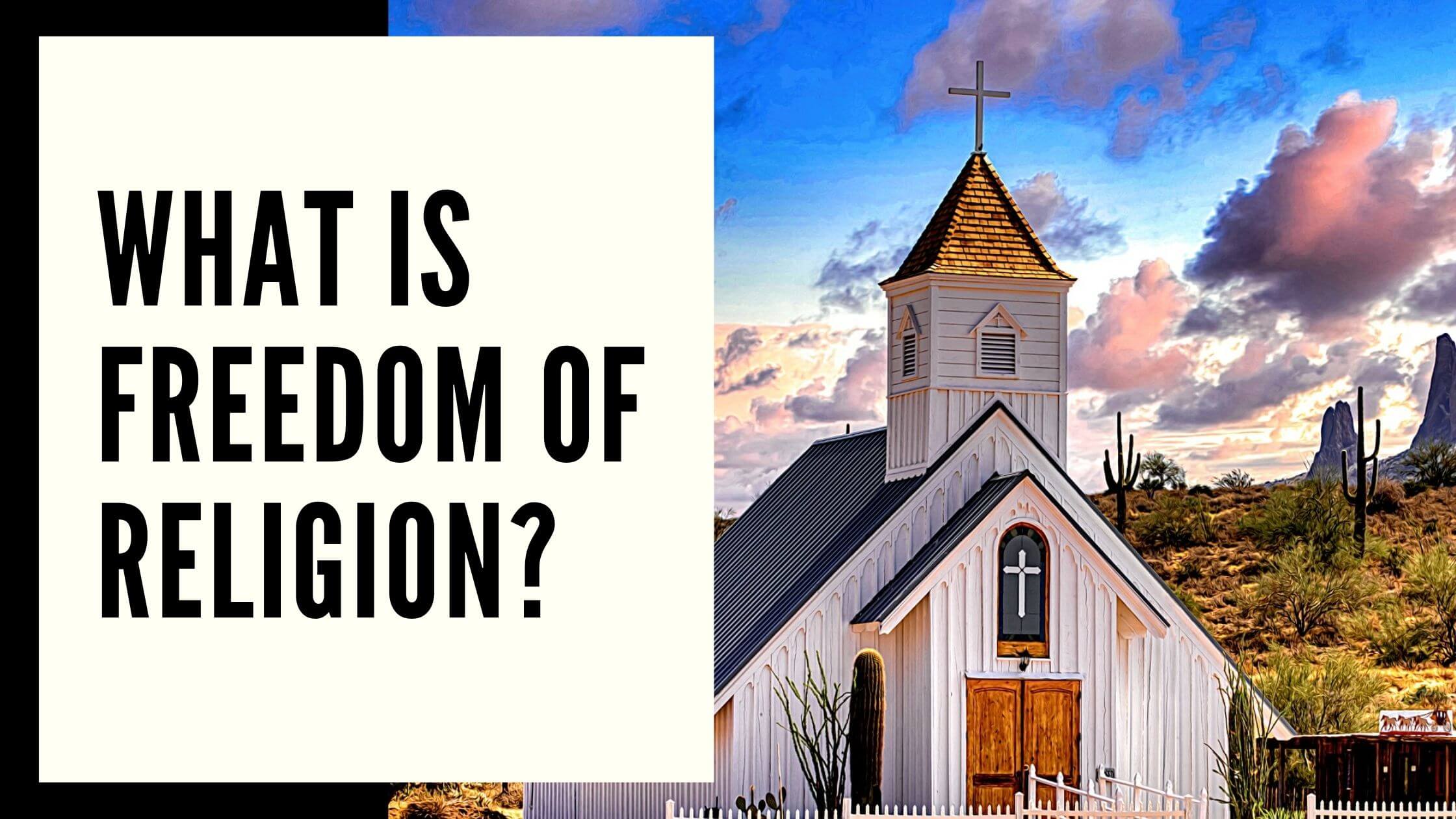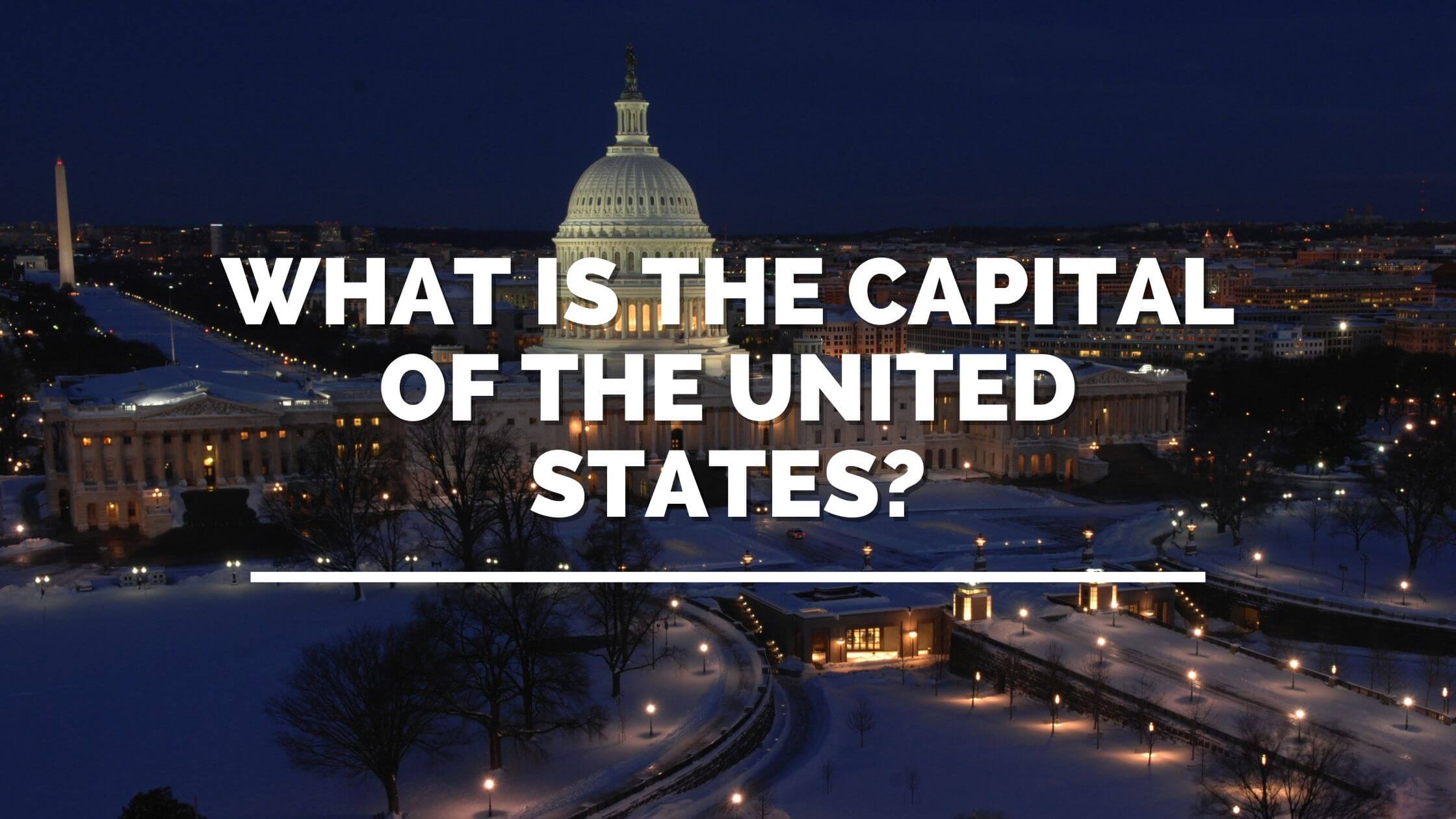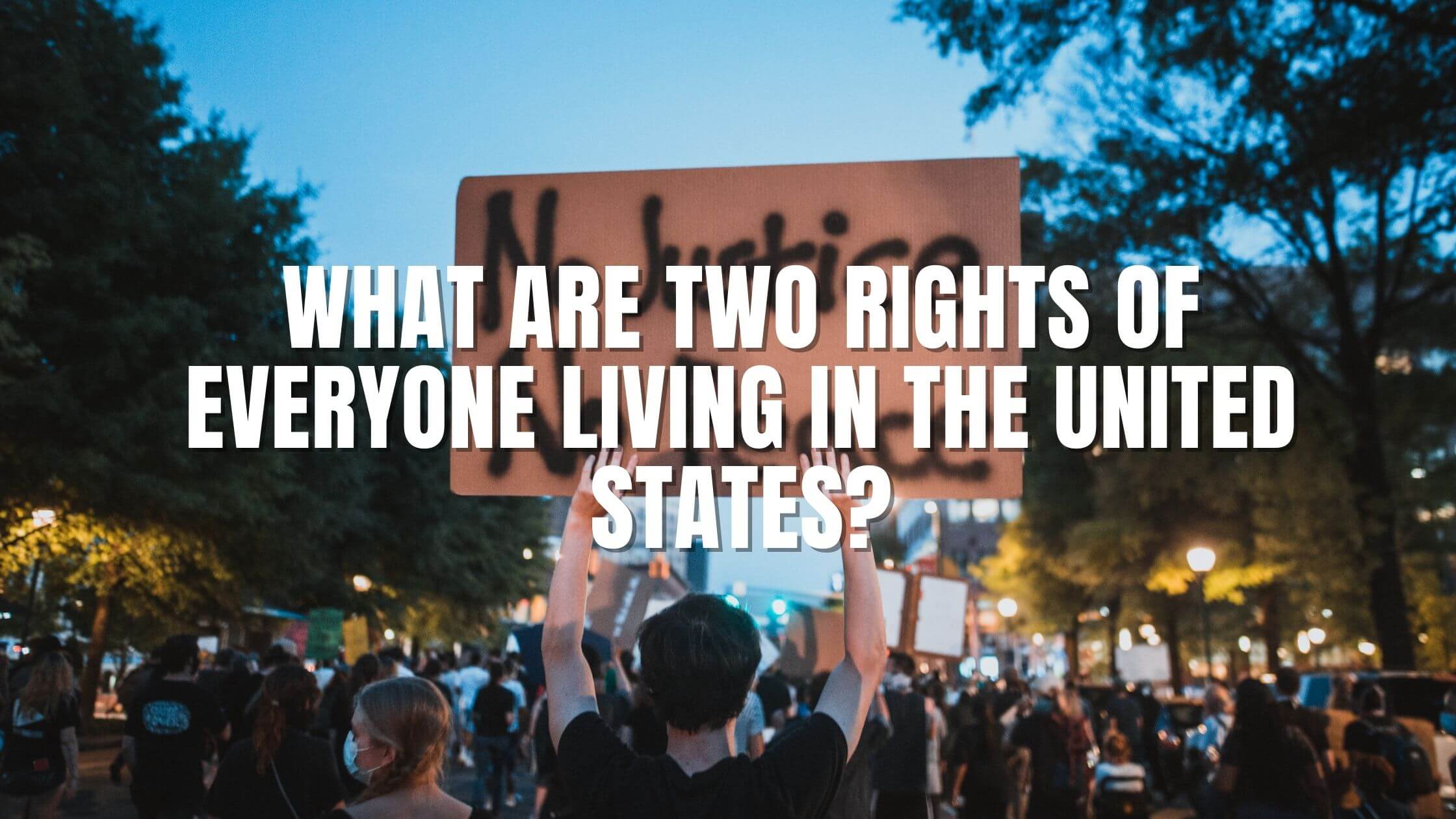Table of Contents
ToggleTo pass the US citizenship test, you will have to answer 10 of a possible 100 questions. The following question is from the USCIS test.
What is freedom of religion?
Answer:
You can practice any religion, or not practice a religion.
The following is a full explanation of the USCIS question:
Freedom of religion is practicing whatever religion you choose without legal interference and not being compelled to practice a specific faith. It relates to equal rights for different religious groups. The First Amendment requires freedom of religion, which many people consider a human right.
Freedom of Religion in the United States
We do not know where the exact limits of religious freedom are in the United States. Someone who commits a crime and uses religious freedom as a defense is not likely to win in court. However, many laws against religious freedom have been struck down over the years.

Get Smarter on US News, History, and the Constitution
Join the thousands of fellow patriots who rely on our 5-minute newsletter to stay informed on the key events and trends that shaped our nation's past and continue to shape its present.
Freedom of religion protects beliefs but usually doesn’t protect illegal actions. Sometimes, a law can be struck down if it is against freedom of religion, although many religious freedom cases are defeated in court. According to the United Nations, freedom of religion is essential and is a fundamental human right.
The Bill of Rights forbids any laws “respecting an establishment of religion” – that is, laws that favor one religious belief over another. The United States does not have a state religion, and the constitution forbids it. Since the First Amendment passed in 1791, the law has defended religious liberty.
Religious Dissidents and the Colonization of North America
The United States may have adopted religious freedom early because many early settlers fled religious persecution. England was a Catholic nation for centuries, but beginning in the 1500s, people began to turn against the church and consider other religious ideas.
When Pope Clement VII refused to grant King Henry VIII a divorce from Catherine of Aragon, he responded by creating the Church of England. This newly founded Anglican Church was too similar to the Catholic Church and did not tolerate other Protestant ideas. Consequently, a new grouping appeared, the Puritans, who saw most Catholic rituals as unchristian and sought a radical departure from Catholicism.
In the 1600s, Puritans were firmly against the monarch, Charles I, and many of them had been elected to parliament. The King responded by dissolving the parliament in an openly hostile act towards the puritans and others.
Many Puritans left England and went to the American Colonies in the 1600s as a consequence. This century also witnessed the English Civil War, where the Puritan Oliver Cromwell defeated the King’s armies.
From Dissidence to Religious Freedom
The Puritans believed their religious views were superior to those of others and demanded religious conformity. While they were religious rebels, they did not advocate religious freedom. There were even divisions within the Puritan movement.
The Puritans were known to persecute the Quakers for their religious beliefs in the colonies. However, the quarreling about religion in England and early colonial North America gradually led to the idea of religious freedom. It became clear that Catholics and many types of Protestants could live together under the same laws.
Roger Williams and Early Religious Freedom in the United States
As far back as 1635, a puritan was banished from the Massachusetts colony and founded a new settlement in Rhode Island. The colony granted religious freedom to everyone, which would eventually become one of the founding principles of the United States.
While early Anglicans, Protestants, and Puritans did not have much religious tolerance, the frequent revolts against religious authority in the 17th century led to American religious freedom in the 18th.
Why Religious Freedom Was Added to the Constitution
Shortly after the revolution, religious freedom was a popular idea but was not yet required by federal law. Not everyone supported it. Thomas Jefferson tried to get religious freedom added to the Virginia state constitution in 1779, but the bill was rejected.
Religious freedom was almost required in the original constitution, which stated that people could run for public office regardless of their faith. The Bill of Rights added more extensive religious freedom in 1791.
The Bill of Rights and the First Amendment
Essentially, it was the Bill of Rights that brought religious freedom to the United States. The Bill of Rights is the first ten amendments to the constitution and includes freedom of speech, the right to bear arms, and the right to a fair trial.
James Madison, a future president and key contributor to the constitution, was against the state supporting any kind of religious teaching. Madison wrote the First Amendment, which includes freedom of speech and freedom of religion. It protects the right to peaceful protest and to speak out against the government.
The First Amendment explicitly requires the following:
- Congress will not make any law establishing a state religion
- Congress will not make any law prohibiting people from practicing a religion
- No law can abridge people’s right to freedom of speech
- The press must also be free
- Peaceful assembly must be legal
- People must be allowed to petition the government about their grievances
Freedom of religion has, since then, been mostly protected by the courts and the Supreme Court. However, all of these rights have their limits, so laws that are arguably against religious freedom have always existed and still exist.
Religious freedom was achieved at an early date in America. The civil rights era didn’t happen until more than 150 years after the Bill of Rights.
Religious Intolerance in the United States
Religious intolerance has not been entirely extinguished in the United States and sometimes leads to violence. In 1838, the Governor of Missouri ordered that all Mormons be violently expelled from the state, leading to a massacre where 17 people were killed.
The European conquest of North America was partly due to religious intolerance. Even after the conquest, Native Americans were sent to boarding schools where they were prohibited from practicing native religions.
Supreme Court Cases Involving Religious Freedom
In 1878, the Reynolds vs. the United States case upheld laws against polygamy and declared that the First Amendment did not protect polygamy. While the government could not pass any laws against a specific religion, it could ban actions that a religion accepted.
A much later (1961) case tested whether or not Pennsylvania could require stores to be closed on Sundays. Jewish Pennsylvanians argued that since they had to keep their stores closed on Saturdays for religious reasons, they should not have to stay closed on Sundays. The Supreme Court defended the laws.
In another 1960s case about the right to refuse work on Saturdays or Sundays, a Seventh-day Adventist was fired for refusing to work on Saturdays after her employer began to require it.
She was also denied unemployment benefits, so she brought her case before the Supreme Court. The Supreme Court ruled that this woman had the right to receive unemployment benefits and must have them on freedom of religion grounds.
Laws against displaying the ten commandments on government property are arguably allowed (separation of church and state) but arguably unconstitutional (against freedom of religion). In the 2000s, the Supreme Court ruled in favor of a ten commandments monument on government property in Texas but against framed copies of the ten commandments in courthouses.











